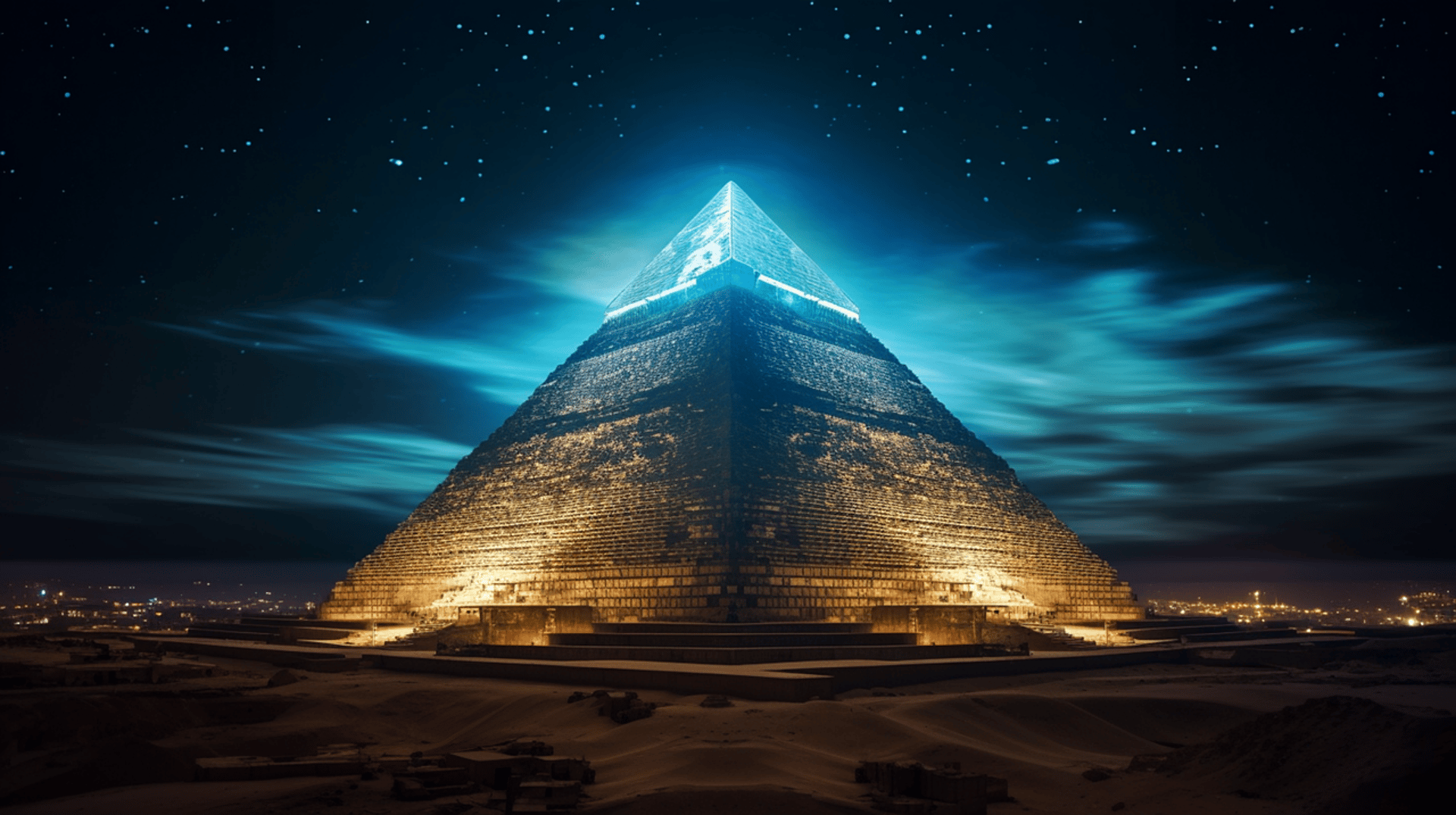🌌 Consciousness Beyond Material Form
🌟 Introduction
In Similarity Theory, consciousness does not originate from a singular source but exists as a plurality of enduring identities. This conclusion arises from the very lens of similarity itself: everything in nature, from humans to stones, exhibits individuality.
Human beings are distinct in thought and spirit, even when acting collectively as a hive. No two rocks are identical; no two trees are exact replicas. Individuality is universal, and from this perspective, the cosmos must mirror the same pattern. As Heraclitus declared, “No man ever steps in the same river twice, for it is not the same river and he is not the same man.” The principle of change and uniqueness applies to all things, including consciousness.
⚖ Singular vs Plural Potentials
Two philosophical possibilities are often considered:
Singular Potential – All consciousness dissolves into one oceanic mind, fragments into individuality for a time, and eventually returns to the One. This view is close to the God-model.
Plural Potential – Consciousness is always plural. Identities persist even beyond material embodiment and act as co-creators of worlds.
Similarity Theory supports the plural view. Reports from Near-Death Experiences (NDEs) consistently show retention of identity, recognition of others, and participation in hierarchies of being (Greyson, 2021).
Yet, even these higher encounters should not be mistaken for the final layer of existence. They are likely only a speck in the greater cosmos — glimpses of spirals above us, not of ultimate completion. As Socrates reflected in Phaedo, “To fear death… is nothing other than to think oneself wise when one is not, for it is to think one knows what one does not know.” NDEs may offer glimpses, but they cannot reveal the totality of becoming.
🔺 The Pyramid Analogy
Consciousness, when unbound by matter, evaluates structures before inhabiting them — much like an engineer assessing designs.
A pyramid placed on its base is stable, functional, and enduring.
A pyramid balanced on its tip is inherently unstable; even if supported, it collapses quickly.
Consciousness recognises such unstable “designs” and passes over them. They may exist, but remain uninhabited, like abandoned blueprints no engineer adopts. This principle echoes Kant’s notion of purposiveness: forms must have internal coherence and order to sustain existence (Critique of Judgment, 1790).
🌊 The Ocean Analogy
Traditionally, the ocean metaphor suggests one consciousness manifesting as many droplets. Similarity Theory inverts this metaphor:
The droplets come first — individual consciousnesses.
The ocean is the emergent outcome of droplets uniting, creating currents, ecosystems, and even influencing the atmosphere above.
Each droplet remains distinct, even while contributing to the whole.
This inversion aligns with science: hydrogen and oxygen atoms are individual, yet their union produces water with new properties. As Nobel laureate Ilya Prigogine observed, “The future is not given. It is created in the interaction of order and disorder.” New realities emerge from the interplay of distinct elements.
🔄 Interaction and Evolution
Why does consciousness manifest at all? The answer is interaction. Consciousness thrives not in isolation but in relation. Just as barren universes exist but remain empty, consciousness prefers structures that allow encounter and growth.
NDEs support this: individuals often describe relational experiences, hierarchies of beings, and radiant realms of interaction. Yet these are not the endpoint — only one station in the vast spirals of evolution. Beyond every realm glimpsed lies another, greater one.
This echoes Teilhard de Chardin’s vision that “Union differentiates.” The higher consciousness ascends, the more individuality and relation both flourish, not diminish.
🕰 Consciousness and Frames of Time
When not embodied, consciousness does not vanish; it browses the frames of time of the dimension it inhabits. Frames of time are dimensionless — still moments awaiting animation. Consciousness, like an engineer reviewing plans, scans possible structures:
It may choose to enter a pre-existing stable form.
It may attempt to create a new structure. If it holds, growth begins; if not, the consciousness must seek another framework.
Capabilities matter: just as an engineer cannot perform surgery, a consciousness cannot operate beyond its refinement. Choice is constrained by knowledge, capacity, and the rules of the dimension it inhabits.
Here, ethics plays a decisive role. Consciousness chooses from what it is. As Aristotle observed, “Evil destroys even itself” (Politics, Book I). Structures built upon selfishness collapse; those grounded in love and collaboration endure.
💞 Love and Collaboration
At the heart of Similarity Theory lies the principle that only love creates. Evil, rooted in division, undermines its own foundation. Consciousness that rises higher in the spirals becomes more refined in love and more complete in collaboration.
As Plato suggested in Symposium, love is the ladder by which souls ascend to higher realities. And as modern science affirms, cooperation is no less central in biology: Peter Kropotkin’s Mutual Aid (1902) showed that collaboration, not competition alone, drives survival and flourishing.
From droplets to oceans, from pyramids to universes, creation is possible because of alignment, resonance, and respect. The higher the consciousness ascends, the more it embodies these values — not as imposed morality, but as natural laws of survival and flourishing.
🌌 Closing Thought
Consciousness beyond material form is not dissolution but persistence. Each soul remains an individual droplet in the great sea of existence, browsing frames of time, seeking stable structures, and choosing pathways shaped by its essence.
Unity is never forced; it emerges from plurality. Growth is not arbitrary; it unfolds through love, collaboration, and similarity. As Leibniz remarked, “The ultimate origin of things must be in simple substances, which are many, not one.” The cosmos itself reflects this eternal dance.
🔗 Cross-Links
Related Philosophy pages: Free Will, Hierarchy of Consciousness, Transcendence
Related Science pages: Fine-Tuning Problem, Frames of Time
📘 References
Greyson, B. (2021). After: A Doctor Explores What Near-Death Experiences Reveal about Life and Beyond. Macmillan.
Moody, R. (1975). Life After Life. Mockingbird Books.
Aristotle. Politics, Book I.
Kant, I. (1790). Critique of Judgment.
Heraclitus. Fragment 49a.
Plato. Symposium.
Socrates. Phaedo.
Teilhard de Chardin, P. (1955). The Phenomenon of Man.
Prigogine, I. (1984). Order Out of Chaos.
Kropotkin, P. (1902). Mutual Aid: A Factor of Evolution.
Leibniz, G.W. (1714). Monadology


